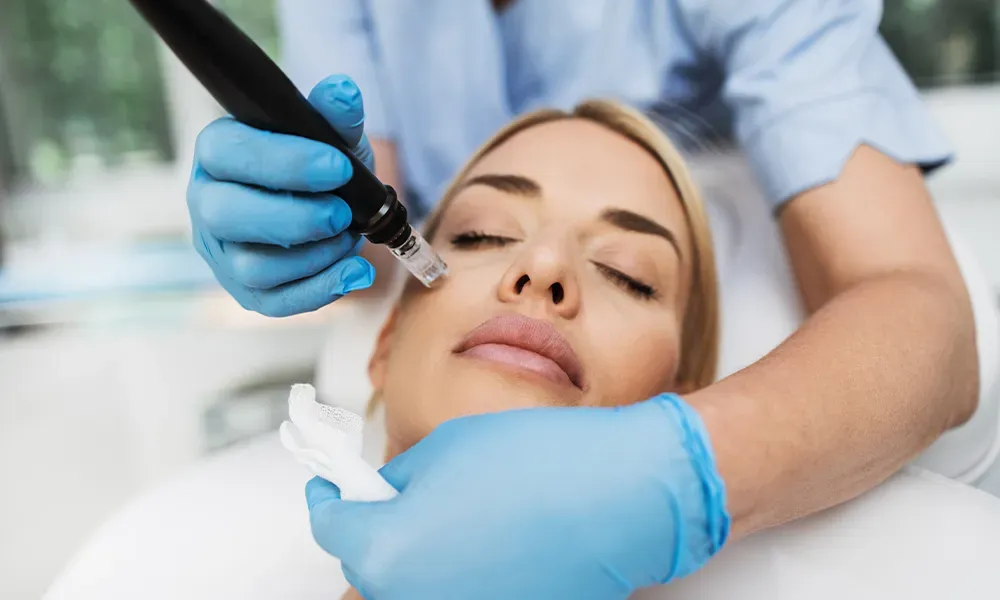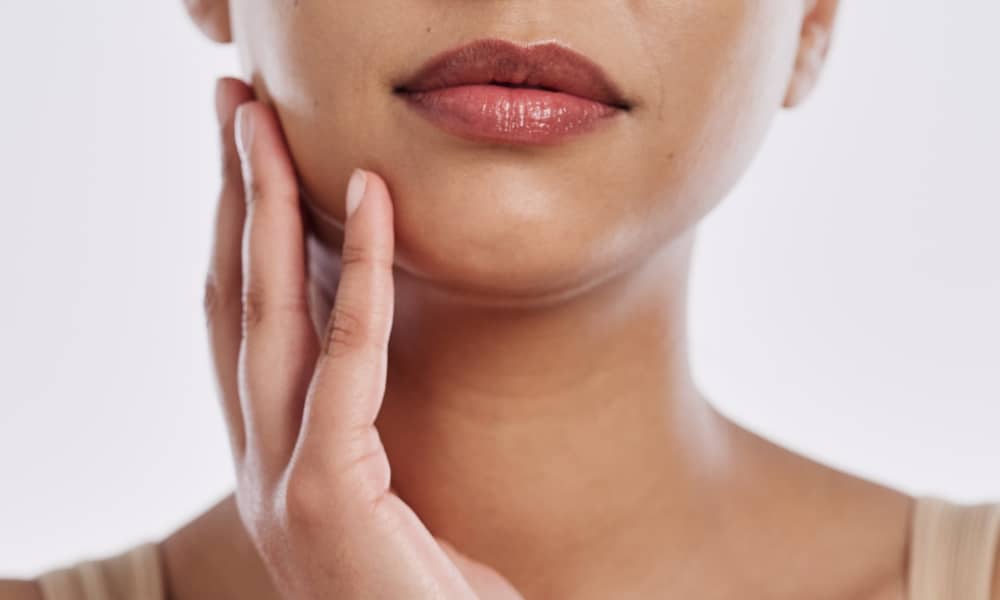Facial pigmentation is a common skin concern that affects many individuals globally. It manifests as dark patches or spots on the skin, resulting in an uneven complexion that can be distressing. To effectively address this issue, it’s crucial to understand the underlying causes and explore the most effective non-surgical treatments available.
Common Causes of Pigmentation on the Face
Sun Exposure and UV Radiation
One of the primary causes of facial pigmentation is prolonged exposure to ultraviolet (UV) rays from the sun. When the skin is exposed to the sun, it produces melanin as a defense mechanism. Melanin is the pigment responsible for giving our skin its color. However, overexposure to UV rays can lead to an overproduction of melanin, causing dark spots and patches, commonly known as sunspots or solar lentigines.
Hormonal Changes
Hormonal fluctuations, especially in women, can lead to pigmentation issues such as melasma. This condition often occurs during pregnancy, the use of oral contraceptives, or hormone replacement therapy. Melasma presents as dark, symmetrical patches on the face, particularly on the cheeks, forehead, nose, and upper lip.
Post-Inflammatory Hyperpigmentation (PIH)
PIH occurs following skin inflammation or injury, such as acne, eczema, or cuts. The skin responds to these injuries by producing excess melanin, resulting in darkened areas once the initial inflammation or injury heals. This type of pigmentation can be particularly stubborn and may take months to fade.
Genetic Predisposition
Genetics play a significant role in determining an individual’s susceptibility to facial pigmentation. If your parents or close relatives have pigmentation issues, there’s a higher likelihood that you might experience similar skin concerns.
Aging
As we age, our skin’s ability to repair itself diminishes. This decline in regenerative capacity, combined with cumulative sun exposure over the years, often leads to age spots or liver spots. These are common forms of pigmentation that appear on the face and other sun-exposed areas.
Effective Non-Surgical Treatments for Pigmentation on the Face
Topical Treatments
Hydroquinone
Hydroquinone is a widely used depigmenting agent that inhibits melanin production. It is available in various strengths and can be very effective in treating facial pigmentation. However, it should be used under the guidance of a dermatologist to avoid potential side effects such as skin irritation or ochronosis, a condition where the skin darkens instead of lightening.
Retinoids
Retinoids, derivatives of vitamin A, are commonly used in pigmentation treatment on the face. They work by accelerating cell turnover, promoting the shedding of pigmented skin cells, and encouraging the growth of new, evenly pigmented skin. Retinoids also help in reducing fine lines and improving skin texture, offering additional benefits.
Vitamin C
Vitamin C is a powerful antioxidant that can reduce melanin production and protect the skin from further damage. Topical vitamin C serums can help lighten existing pigmentation and prevent new spots from forming. Regular use of vitamin C can also improve overall skin tone and brightness.
Chemical Peels
Chemical peels involve the application of a chemical solution to the skin, which causes the top layers to peel off, revealing fresher, less pigmented skin beneath. Various types of chemical peels are available, ranging from superficial to deep peels. Superficial peels, such as those containing glycolic acid or salicylic acid, are commonly used for treating mild pigmentation. For more stubborn pigmentation, medium-depth peels like trichloroacetic acid (TCA) may be recommended.
Laser Treatments
Fractional CO2 Laser
The Fractional CO2 Laser is a popular choice for pigmentation treatment on the face. It works by creating microscopic wounds in the skin, stimulating collagen production and the natural healing process. This laser is effective in treating deep pigmentation and improving overall skin texture and tone. Multiple sessions may be required to achieve optimal results.
Pico Laser
Pico laser technology delivers ultra-short pulses of laser energy to target pigmented areas without damaging the surrounding skin. It shatters the pigment particles, which are then naturally eliminated by the body. Pico lasers are known for their effectiveness in treating various types of pigmentation, including stubborn melasma and sunspots.
Intense Pulsed Light (IPL) Therapy
IPL therapy uses broad-spectrum light to target and break down pigmented cells. It is a versatile treatment that can address multiple skin concerns simultaneously, including pigmentation, redness, and fine lines. IPL therapy is less invasive than traditional laser treatments and requires minimal downtime.
Microdermabrasion
Microdermabrasion is a mechanical exfoliation technique that gently removes the outermost layer of dead skin cells. This treatment can help reduce mild pigmentation and improve overall skin texture. It is often used in combination with other treatments to enhance their effectiveness.
Preventive Measures to Avoid Further Pigmentation
Sun Protection
Consistent use of sunscreen with a high SPF is crucial in preventing further pigmentation. Sunscreen should be applied daily, regardless of weather conditions, and reapplied every two hours when outdoors. Wearing protective clothing, hats, and sunglasses can also help shield the skin from harmful UV rays.
Antioxidant-Rich Diet
Consuming a diet rich in antioxidants can help protect the skin from oxidative stress and reduce pigmentation. Foods high in vitamins C and E, such as citrus fruits, nuts, and green leafy vegetables, are particularly beneficial for skin health.
Avoiding Skin Irritants
Using gentle skincare products that do not irritate the skin can prevent the worsening of pigmentation. Avoiding harsh scrubs, alcohol-based toners, and products with strong fragrances can help maintain the skin’s barrier and reduce the risk of inflammation.
Conclusion
Facial pigmentation is a multifaceted skin concern that requires a comprehensive understanding of its causes and appropriate treatments. By identifying the underlying factors and utilizing effective non-surgical treatments, it is possible to achieve a clearer, more even complexion. Combining these treatments with preventive measures will not only address existing pigmentation but also prevent future occurrences, ensuring healthier and more radiant skin.





